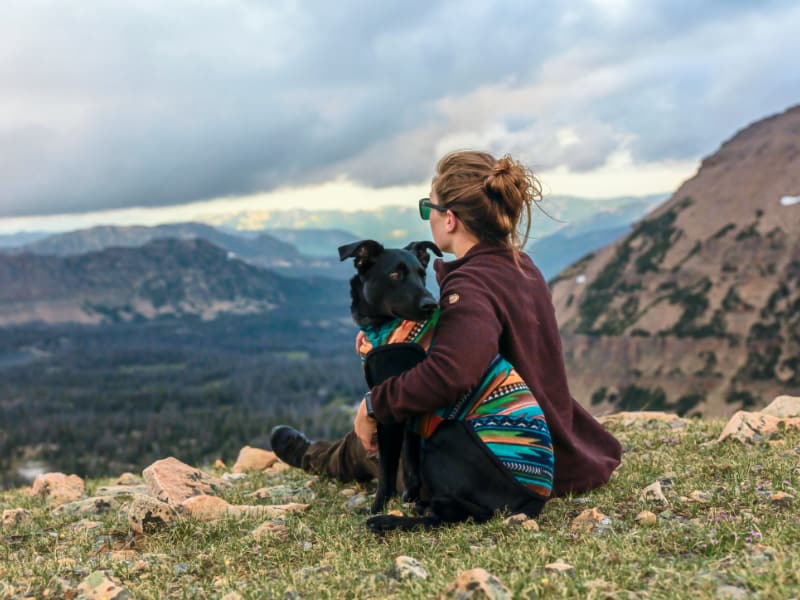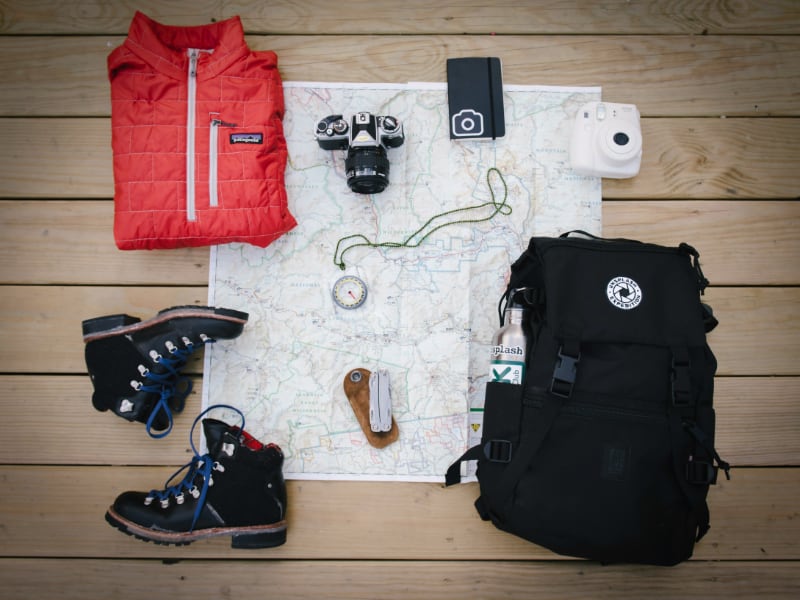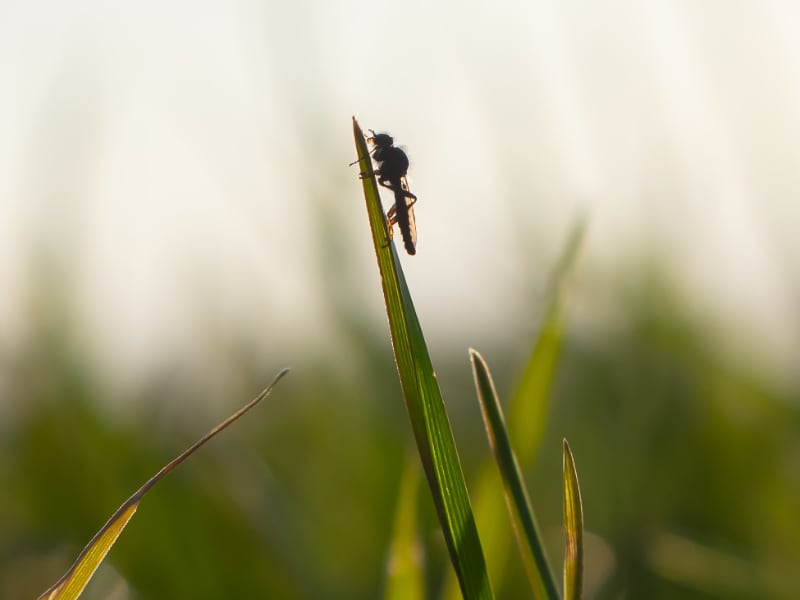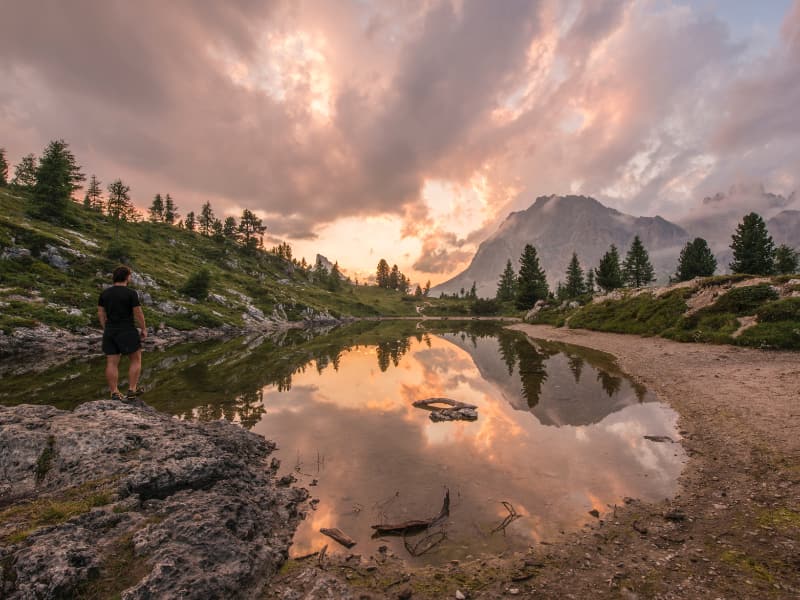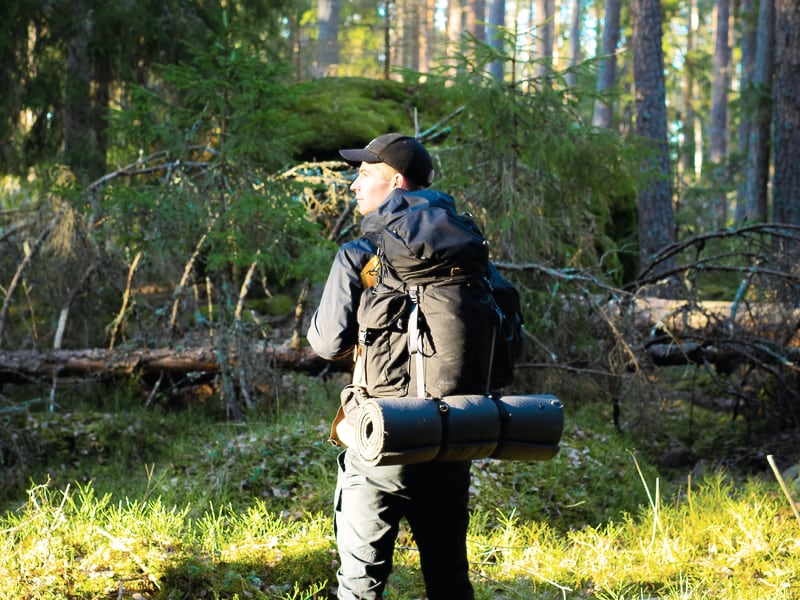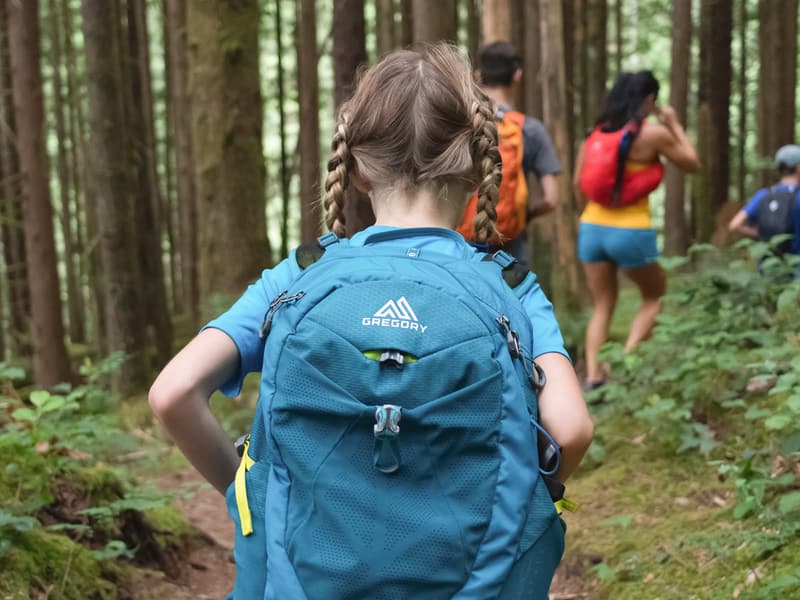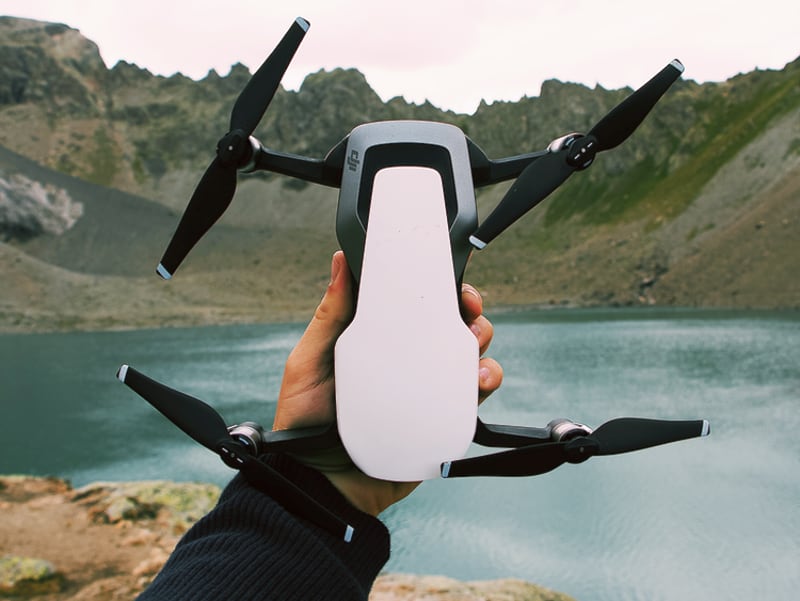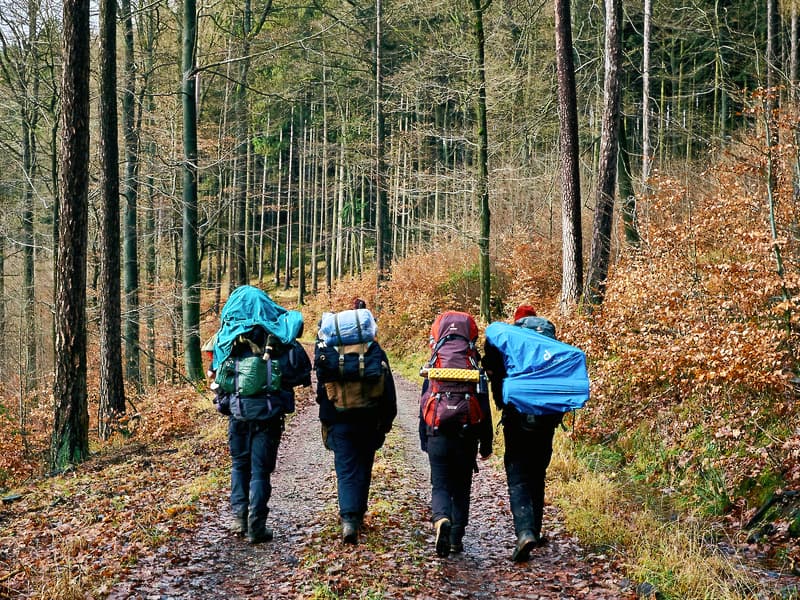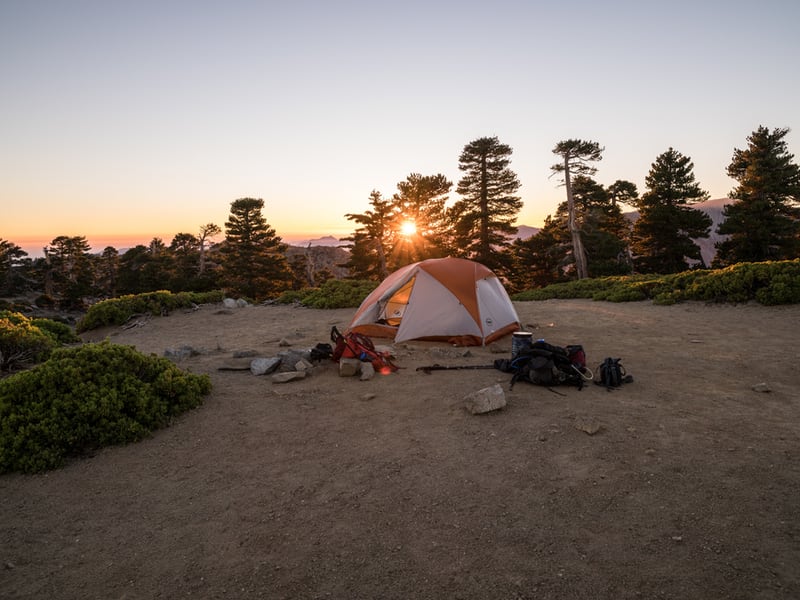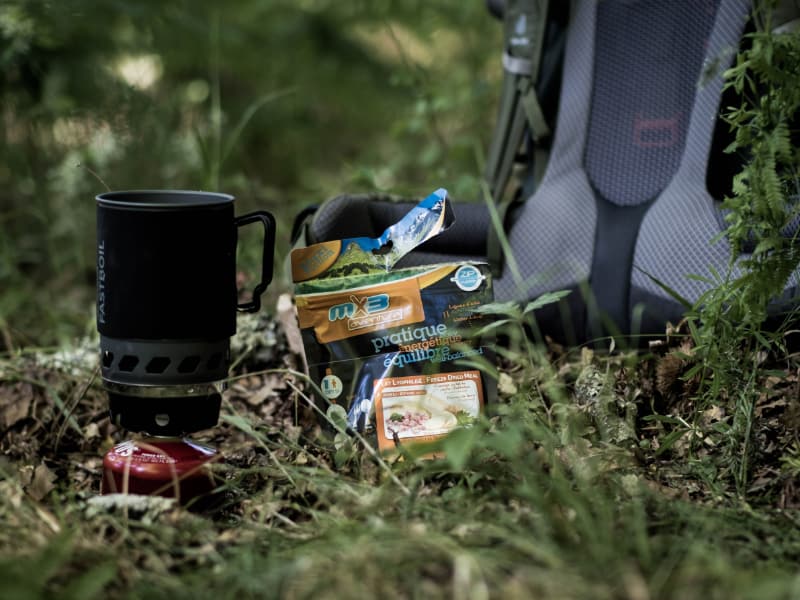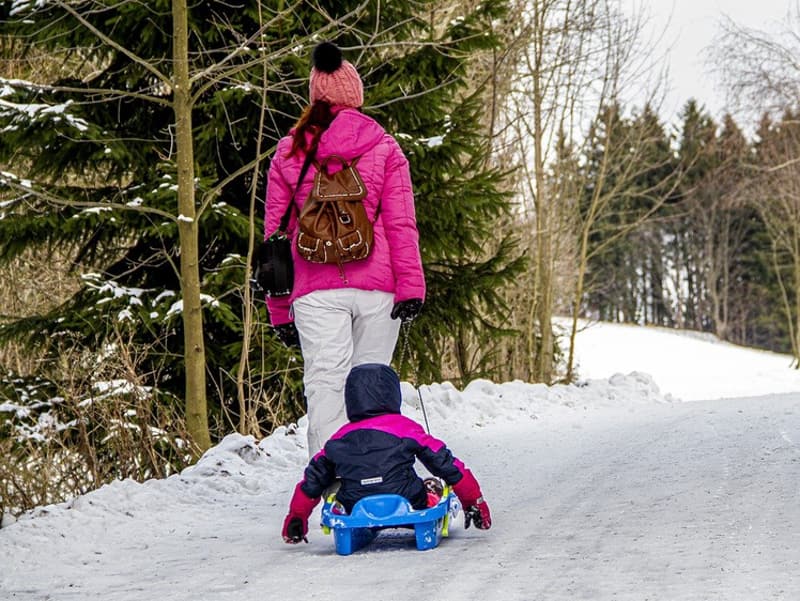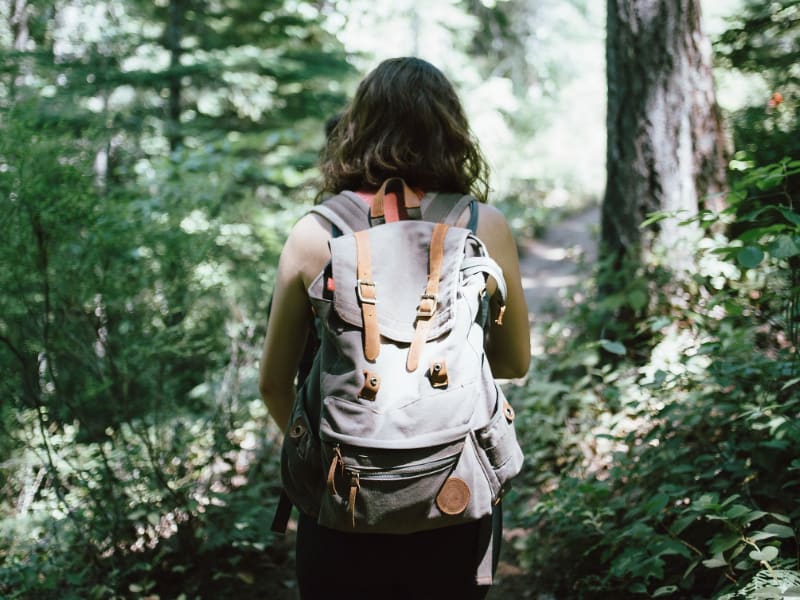Hiking is a fun and healthy activity year-round. Being surrounded by nature on a hike is a relaxing experience until your nose runs and your throat starts to itch. If you notice you sniffle or cough during a trek, you’re likely allergic to one or more of the 30 different types of pollen that can cause allergic reactions. If you remember these tips, you’ll enjoy hiking even when allergy season arrives.

1. Find Allergy-Free Trails
Choosing a trail that’s less likely to make you sneeze and sniffle is a good starting point for any hiker. Routes with fewer plants are less likely to cause allergic reactions, so choose the paths where you feel little-to-no symptoms.
2. Take Allergy Medicine
Over-the-counter or prescription allergy medication can significantly reduce your symptoms when you’re hiking. Plan on taking allergy medication before you leave for your hike so it has time to start working.
3. Identify Triggers
Many plants cause allergic reactions. You should be aware of which plants affect your allergies when you’re hiking. There will probably be grasses, trees or ragweed aplenty on your hike — these are some of the most common triggers of pollen allergies you could come across. Know how to identify these plants and make sure you stay as far from them as you can.
4. Hike in the Rain
Hiking in the rain is a fun way to avoid allergies, as pollen won’t stay in the air as easily if there is a lot of rain. If you’re waiting for a good time to hike and it starts pouring, you should grab your raincoat and head out. The longer it rains, the less likely you are to experience symptoms.

5. Be Mindful of Your Hands
Keep your hands away from your face to reduce your chances of having symptoms. Touching what you’re allergic to and then touching your face can worsen your stuffy nose or sore throat. Make sure your hands stay by your sides and try not to handle too many plants.
6. Wait for Cool Weather
While very high temperatures can reduce pollen levels, it’s better to hike in cooler temperatures. Colder weather reduces pollen levels while also being easy to walk in. Watch your thermometer and start your hike when it’s cool instead of waiting until it is 28°C outside.
7. Hike on Windless Days
When the wind picks up, it stirs up pollen. Wind moves these allergens through the air even when the pollen count is low. It’s best to check the weather or stand outside and feel if it’s windy before you go on a hike.
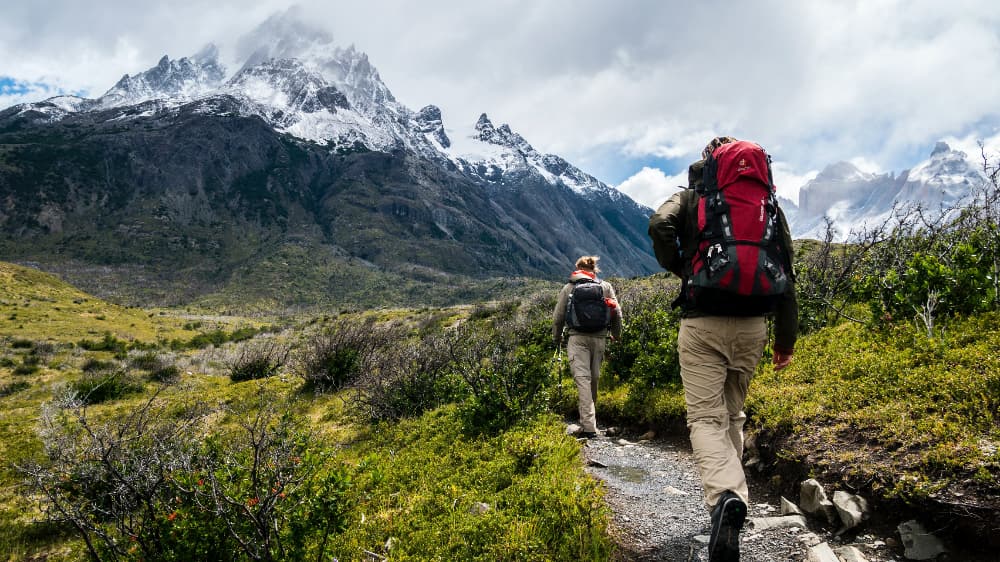
8. Take a Shower
Taking a shower before and after your hike can help reduce allergy symptoms. Allergens can be present indoors and outdoors — you might already be exposed to allergens without realising it. Showering helps wash off pollen and other allergens and helps reduce any reaction you might have while hiking.
9. Change Clothes
If you’ve gone outside or opened a window, you may have allergens on your clothes. It’s best to change into new clothes before you go hiking to reduce what you are exposed to. Lay out the clothes you want to hike in in advance so you can change into them right before you go. It also helps to change out of your clothes as soon as you’re back from a trek.
10. Check the Pollen Count
You can check the pollen count of where you plan on hiking by searching online or looking at your local news station. If the pollen count for the day is higher, you’re more likely to experience allergy symptoms. When the pollen count is low, you can hike without too much sniffling. Paying attention to the pollen count will help you decide the best time to get into the great outdoors.
Enjoy the Outdoors
Make sure to watch the weather and be aware of allergens before you head out on a hike. You can prevent pollen-related sneezing and scratching if you’re mindful. Don’t let allergy symptoms stop you from enjoying nature!


